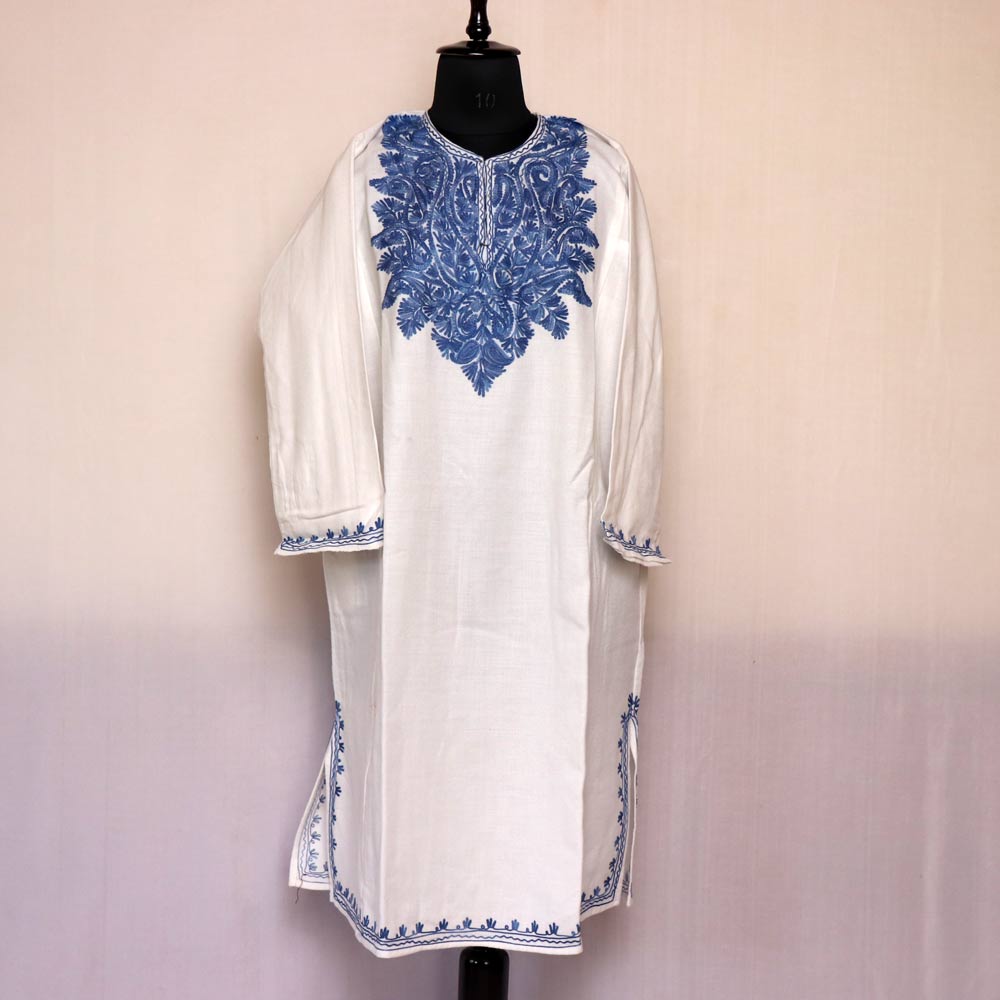Editorial
What is history of kashmiri pheran?

The pheran, a traditional garment worn in Kashmir, holds a deep cultural and historical significance in the region, shaped by centuries of influence from diverse civilizations. The origins of the phiran date back to around the 14th century, a period marked by the arrival of Persian and Central Asian influences, especially during the reign of Sultan Zain-ul-Abidin, often called the “Akbar of Kashmir.” The pheran is believed to have evolved from the Persian “perahan,” a garment that was adapted for Kashmir’s cold climate with unique layers and features suitable for winter. Historically, the pheran became a unisex garment designed for comfort and warmth, with variations in style between men’s and women’s designs. Men typically wore simpler pherans, while women’s pherans were often more decorative, with elaborate embroideries using sozni and ari techniques, which symbolize Kashmir’s intricate artistic heritage.
The pheran’s wide sleeves and loose, ankle-length cut are essential for trapping warmth, especially when combined with the traditional kangri—a small earthen pot filled with embers used to stay warm. This pairing reflects the ingenuity of Kashmiri lifestyle adaptations to the region’s harsh winters. In modern times, the pheran has transitioned from an everyday staple to a cultural icon, symbolizing Kashmiri identity, heritage, and resilience amid political and social changes. Today, the pheran continues to be celebrated in fashion and cultural events, preserving its legacy and adapting to contemporary tastes with variations in fabric, design, and style, thus bridging Kashmir’s rich past with its evolving present.
